Rising Awareness of Mental Health
the sound masking system market in North America is increasingly shaped by the rising awareness of mental health and its correlation with workplace environments. Organizations are becoming more cognizant of the psychological effects of noise pollution, which can lead to stress and decreased job satisfaction. As a result, there is a growing emphasis on creating sound-friendly workplaces that promote mental well-being. This shift in focus is driving the adoption of sound masking systems, as they are recognized for their ability to create a more serene and productive atmosphere. The market is likely to see continued growth as companies prioritize mental health initiatives, with sound masking systems playing a crucial role in these efforts.
Expansion of Commercial Real Estate
the sound masking system market in North America is positively impacted by the expansion of the commercial real estate sector. As new office spaces are developed, there is an increasing demand for modern acoustic solutions that address noise challenges. Developers and architects are increasingly incorporating sound masking systems into their designs to enhance tenant satisfaction and attract businesses. The commercial real estate market is projected to grow significantly, with estimates indicating an increase in office space demand by approximately 15% over the next five years. This expansion creates a favorable environment for sound masking systems, as more businesses seek to implement these solutions in their new and existing spaces.
Growing Demand for Acoustic Comfort
The sound masking-system market in North America experiences a notable surge in demand for acoustic comfort, particularly in open office environments. As organizations increasingly recognize the impact of noise on employee productivity and well-being, the adoption of sound masking systems becomes more prevalent. Research indicates that nearly 70% of employees report distractions due to noise, prompting companies to invest in solutions that enhance acoustic privacy. This trend is further supported by the projected growth of the sound masking system market, which is expected to reach approximately $300 million by 2026. The emphasis on creating a conducive work atmosphere drives the need for effective sound masking solutions, thereby propelling market expansion.
Regulatory Support for Workplace Standards
The sound masking-system market in North America benefits from regulatory support aimed at improving workplace standards. Various organizations and government bodies advocate for noise control measures to enhance employee health and productivity. For instance, the Occupational Safety and Health Administration (OSHA) has established guidelines that encourage businesses to mitigate excessive noise levels. Compliance with these regulations often necessitates the implementation of sound masking systems, which can effectively reduce noise distractions. As a result, companies are increasingly investing in these systems to adhere to regulatory requirements, thereby fostering growth in the sound masking system market. The anticipated increase in regulatory scrutiny is likely to further stimulate demand for these solutions.
Technological Advancements in Sound Masking
The sound masking-system market in North America is significantly influenced by technological advancements that enhance the effectiveness and efficiency of sound masking solutions. Innovations such as adaptive sound masking technology, which adjusts sound levels based on ambient noise, are gaining traction. These advancements not only improve user experience but also increase the appeal of sound masking systems to a broader range of industries. The integration of Internet of Things (IoT) capabilities allows for remote management and monitoring, further driving adoption. As businesses seek to optimize their acoustic environments, the sound masking system market is projected to grow, with estimates suggesting a compound annual growth rate (CAGR) of around 8% over the next five years.


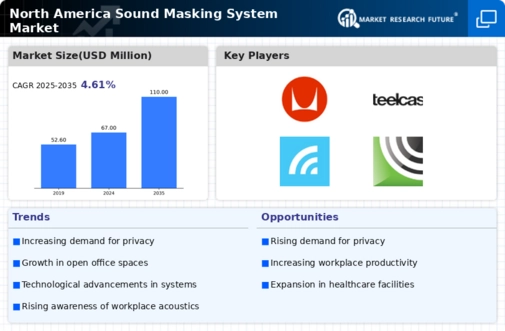
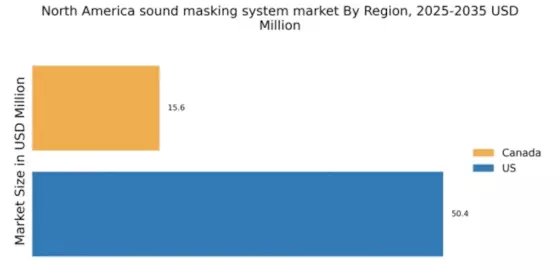

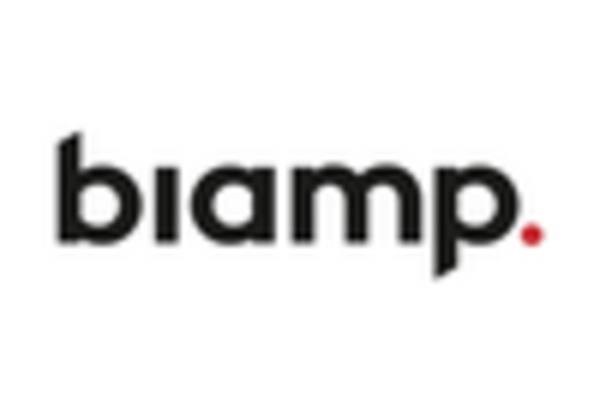

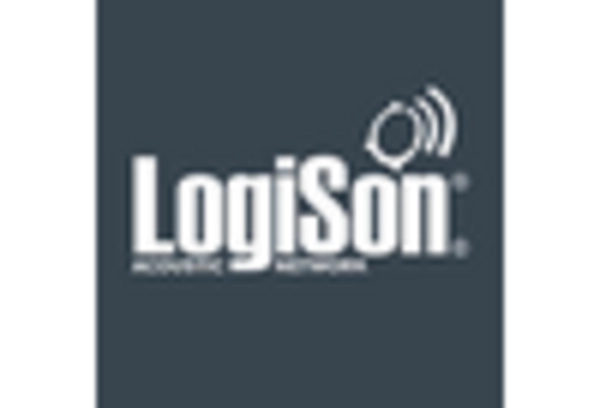
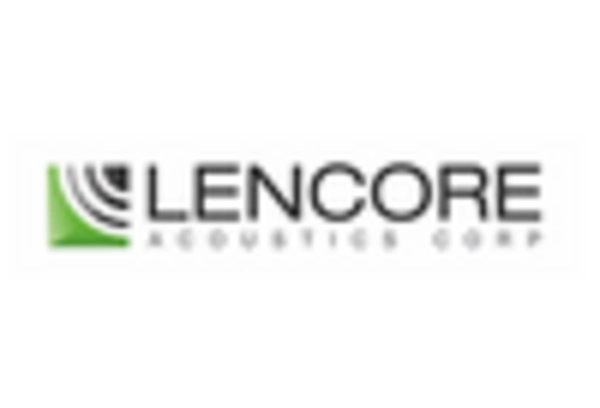









Leave a Comment